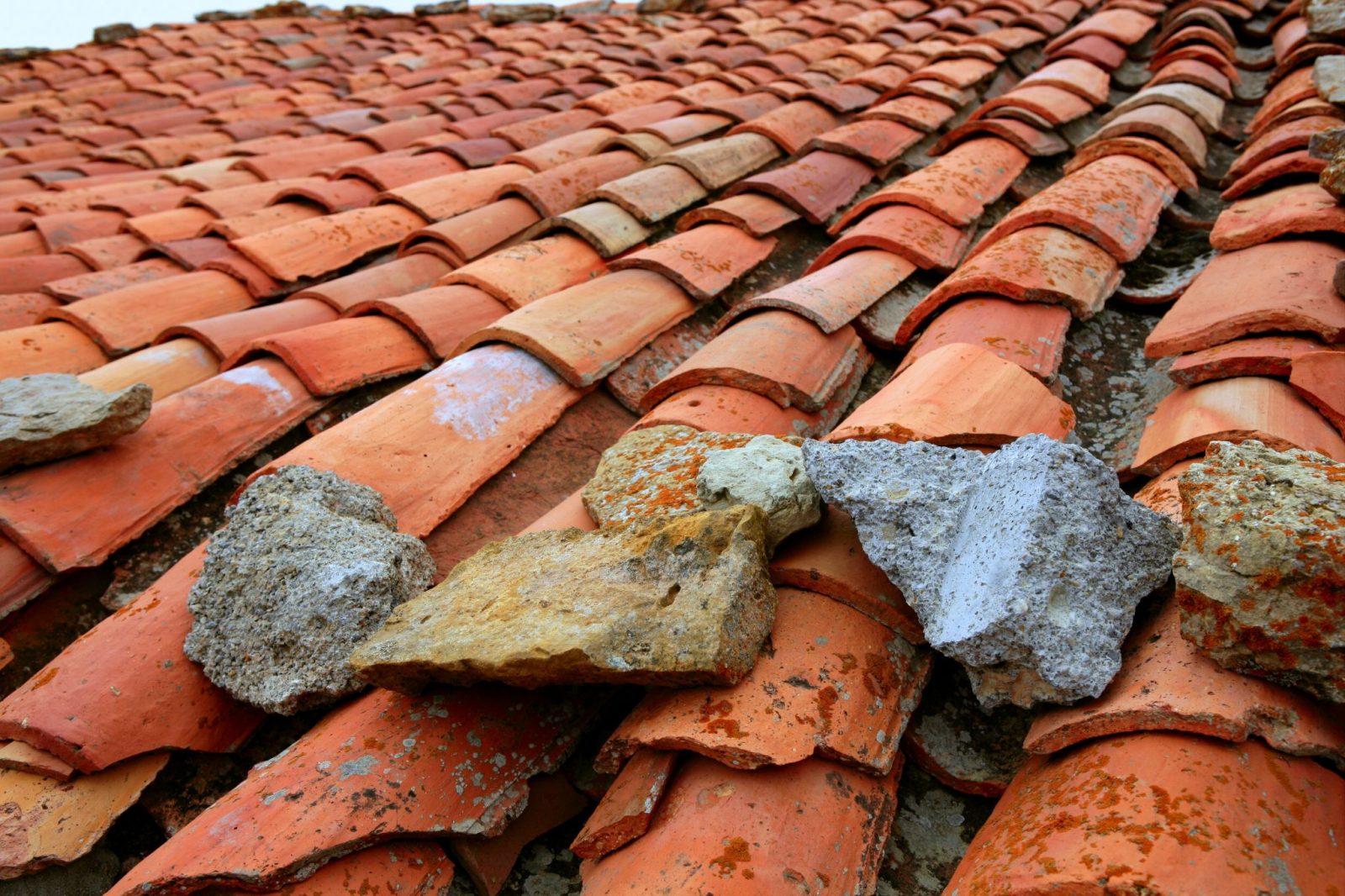The Annoyance of Roof Stains
Because roofing materials wear out due to time and exposure to the elements, sooner or later, every Indianapolis home needs roof replacement. Events like high winds and falling trees can also result in the need for roof repair.
Luckily, the problem isn’t always quite that drastic. Roof stains for example, may at least seem like a less serious issue. But even so, you’ll want to get rid of blemishes that spoil the appearance of the house. And in fact, some roof stains are symptomatic of another problem requiring attention.
Here, them, is a guide to roof stains explaining the various kinds, how to remove them safely, and what to do to keep them from coming.
Identifying Roof Stains
To differentiate among roof stains and determine their causes, start by looking at the color. Additionally, check the location, and relation between the color and roof conditions like pitch, shading, debris, roofing materials, and nearby trees to glean further information.
Black or Dark Brown Roof Stains
Black of dark brown roof stains on shingles are often produced by black algae, fungal growth, lichens, extractive blending of asphalt, dirt, or organic debris, or bleed-through. When they’re near a chimney, soot is a likely culprit.
It’s also possible the roof stains are the result of tree debris.
Green Roof Stains
Green roof stains can also indicate the presence of algae. Or, they may be due to moss.
Red Roof Stains
Red roof stains nearly always indicate rust. Naturally, the rust is found on metal like, for example, rusty chimney flashing.
White Roof Stains
White stains often indicate that pigments are washing down from above.
Eliminating Roof Stains
The method for eliminating a particular type of roof stain depends on is nature and its cause.
Algae, Fungal, Moss, and Lichen Roof Stains
Raking or gentle washing with a brush is often the best way to get rid of these roof stains (and other sorts as well.) You may be temped to resort to power washing instead, but this is riskier. Even gentle treatment can further damage asphalt shingles that are old and fragile, Power washing is very likely to.
Since shade is conducive to the growth of algae, fungus, moss, and lichen, check to see if nearby trees are providing it. If so, you may want to trim back the offending branches.
Extractive Bleeding Roof Stains
Extractive bleeding is essentially a fancy way of saying that asphalt shingles were either defective to start with or have become so. It often gives the roof a streaked appearance.
To permanently solve the problem, you’ll need to replace the defective shingles.
Rust Roof Stains
To stop rust from leaking onto the roof, you’ll need to replace rusty components like, for example, the drip collar of a chimney cap. Check the construction of the overall system of which that component is a part as well. Perhaps the drip collar was vulnerable to rust because it didn’t fit the way if should have.
Sooty Roof Stains
Soot stains result from problems with chimneys, fireplace flues, or oil-powered heating flues. They can also indicate a serious safety risk. Soot stains around a gas-powered appliance flue reveal the very real possibility that fatal levels of carbon monoxide are building up inside the house. Should you discover them, take immediate action.
Roof Stains from Other Deposits
The remedy depends on what substance is leaking onto the roof and what the roof is made of. White or pale-colored stains may result from air-condition condensate, hared water calcium, lime, or scale among other possible causes.
Root Stains and Debris
You may have roof stains because debris is falling on the roof from tree limbs overhead. Naturally, you need to sweep away any debris that’s already on the roof, and this is another instance where you may want to trim overhanging branches back so they won’t drop any more.
All Kinds of Root Stains
Anytime you’re on your roof inspecting or fixing anything, there’s a certain danger of falling off and hurting yourself. The steeper the slope, the more challenging the roof structure is in some other way, or the more difficult your task, the greater the hazard. So be careful, and know your limits.
Roof Stains: Final Thoughts
Clearly, there’s a lot to understanding any stains that may appear on the roof of your Indianapolis home and a lot to know what to do about them. Fortunately, you don’t have to do it yourself. The professionals at Stay Dry Roofing will be glad to help you. Call us today for an inspection.

